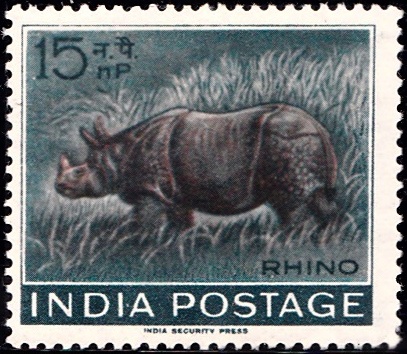
Indian Rhinoceros
A commemorative postage stamp on the Wild Life Series 1962 :
Issued on Oct 1, 1962
Issued for : Philatelists, particularly the Juvenile, take a great delight in building up their zoological collections in postage stamps. The Post and Telegraph Department, Government of India, has pleasure in issuing the first Rhinoceros Stamp of Indian Wild Life.
Type : Stamp, Mint condition
Colour : Mineral Red and Turquoise Blue
Denomination : 15 nP
Size : 3.3 x 2.9 cms.
Perforation : 13½ x 14
Watermark : All over multiple ‘Lion Capital of Asoka‘
Quantities printed : 5 million
Set : 42 stamps per issue sheet
Printing process : Photogravure
Designed and printed at : India Security Press, Nasik
About :
- This is the first stamp in the projected series on Indian Wild Life which The Posts and Telegraphs Department is bringing out on October 1, 1962 (Wild Life Week).
- Other stamps in the series depicting the Indian Lion, the Tiger, the Elephant and Gaur – Indian Bison will be brought out in due course.
- Full description of the animal appearing on this stamp viz. the great Indian one-horned Rhinoceros is given below.
- Indian Rhinoceros :
- The numbers of the Great Indian One-horned Rhinoceros (Rhinoceros unicornis) sank dangerously low at the beginning of the present century. Sportsmen and poachers shot it for its valuable horn, which is still mistakenly used in some parts of Eastern Asia as an aphrodisiac. (In fact all parts of the body are marketable for some purpose or other.) Strict protection both in and outside sanctuaries has saved it, and there are now at least 60 Rhinos in Bengal and 340 in Assam, a total of about 400 in India.
- This species of Rhino is found only in India (apart from Nepal, where there are about 100 to 150 of them left). Formerly the one-horned Rhinoceros and the Asiatic two-horned Rhinoceros were also found in North Eastern India, but both of these have become extinct in this country.
- Indian Rhino can be seen in Jaladapara Sanctuary of Bengal, and even more easily in the Kasiranga Sanctuary of Assam where many visitors now come from all over the world to see these prehistoric-looking, armour-plated creatures. Although they are supposed to be short-sighted and slow of hearing, they are extremely agile and can easily outstrip a man or an elephant.
- A few are occasionally caught by the pit system, for the zoos of the world. Like wild elephants, when first captured they are extremely dangerous and ferocious, but they soon loose their fear of man and become remarkably tame.
- India’s Wild Life (by E. P. Gee) :
- A number of very fine wild life sanctuaries are being maintained in India in order to ensure the survival of rare and endangered species. They also provide visitors the pleasing spectacle of seeing the wild animals undisturbed in their natural habitat. The huge subcontinent of India possesses several species of Fauna not found in other parts of the world. The Rhinoceros, the Indian Swamp Deer, the Brow-antlered Deer, the Spotted Deer or Chital, Nilgai or the Blue Bull, the Blackbuck and the four-horned Antelope do not exist anywhere in the world except in India.
- Although India is the home of the magnificent and spectacular Tiger, yet Indian Lion can claim to be the old inhabitant of this country. Today the Lion exists only in the Gir forest of Gujarat.
- Other rare interesting animals include Indian Wild-Ass of Kutch, the Kashmir-Stag or Hangul and the Brow-Antlered Deer of Manipur.
- The Wild Buffalo survives in Andhra Pradesh, Madhya Pradesh, Orissa and Assam. The Indian Bison is to be found in Southern, Central and North-East India.
- Though only one variety of ape is found in India – the Hoolock or white-browed Gibbon – there are many macaques and Langurs, including the beautiful, newly-discovered golden Langur.
- Like the Rhinoceros :
- Go forward without a path !
Fearing nothing, caring for nothing,
Wander alone, like the rhinoceros !
Even as the lion, not trembling at noises,
Even as the lotus-leaf unstained by the water,
Do thou wander alone, like the rhinoceros !— Dhammapada
- Go forward without a path !



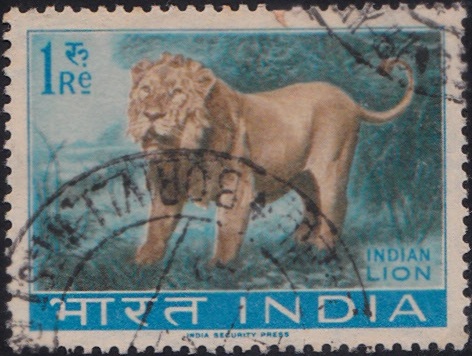
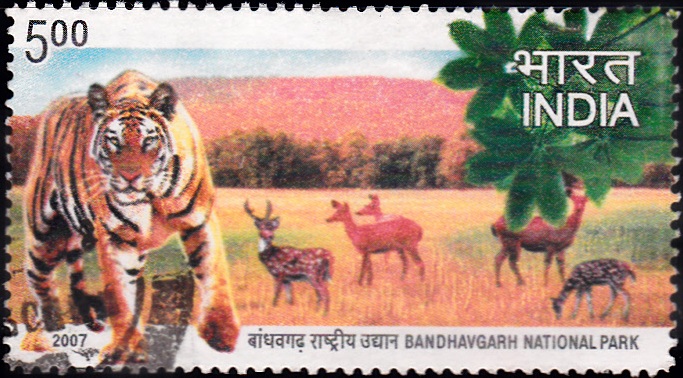
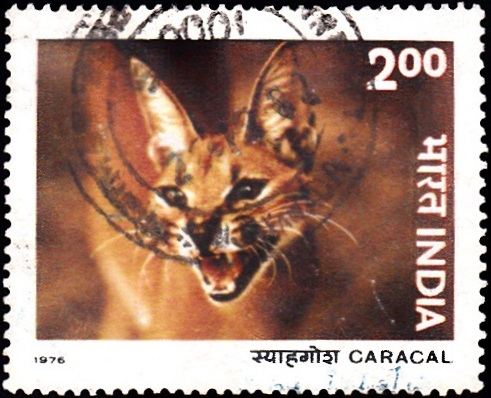
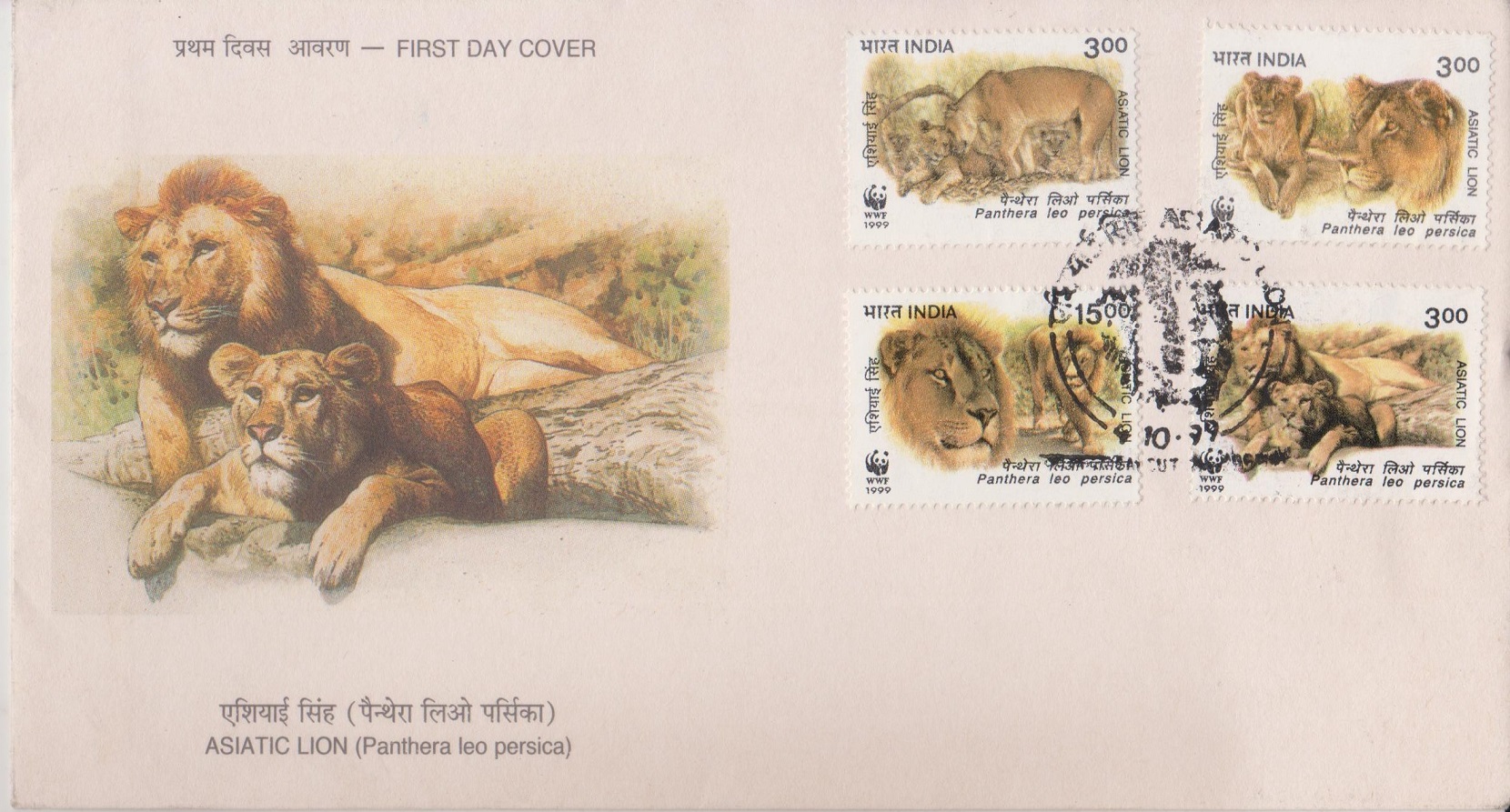
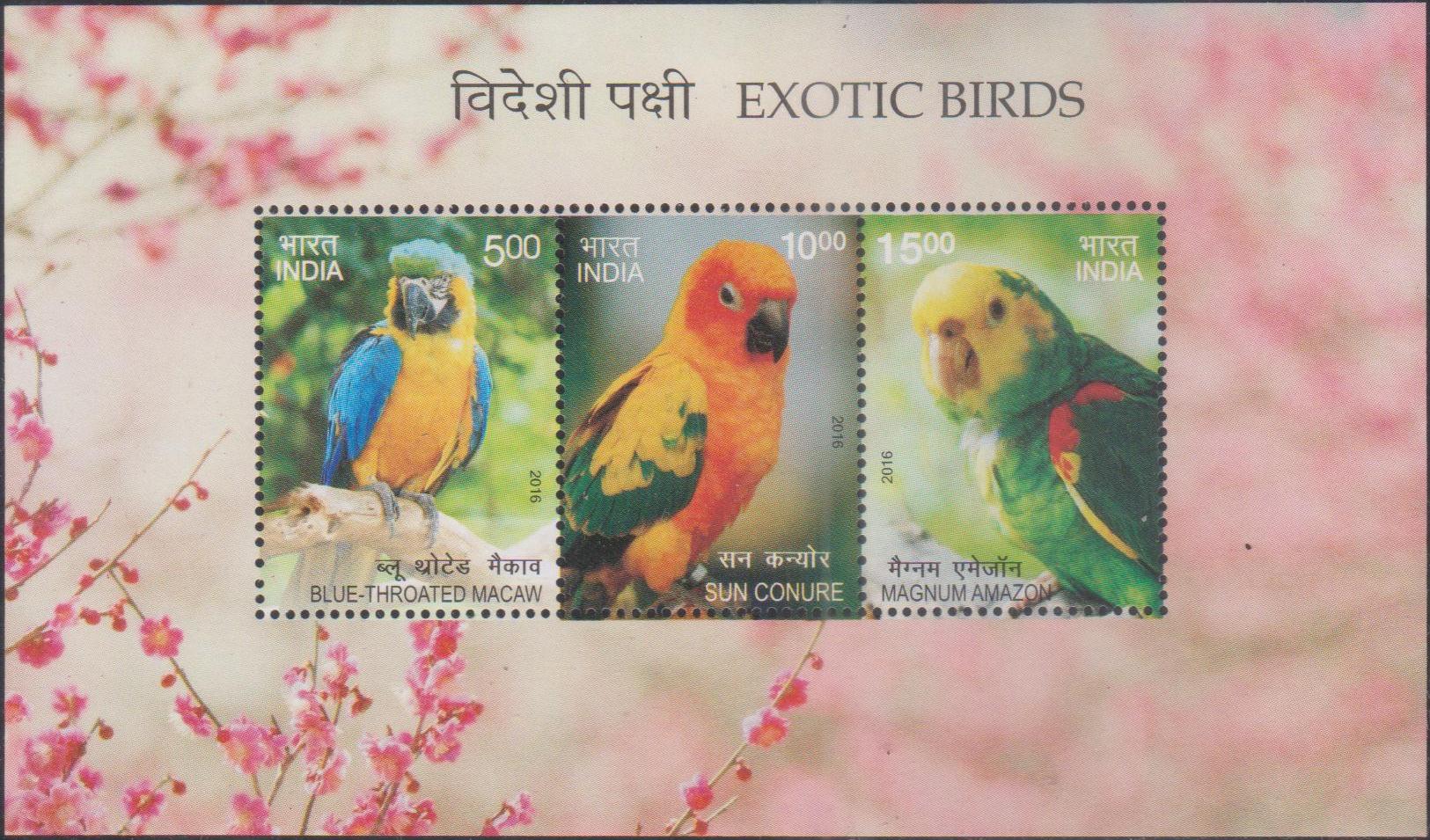

[…] have generally dealt with themes based on Indian history and culture. The issue of a stamp on the Indian Rhinoceros in 1962 and a series of 5 stamps on India’s wild life in 1963 broke new ground. These stamps […]
[…] is used as a means of shield against the strike of weapons. It is made from the leather of Rhinoceros. Used for cutting purpose, this weapon with a long thin metal blade and protected handle is called […]
[…] the extinction of increasingly rare and endangered species of animals like the one-horned Indian Rhinoceros, the Indian Elephant, the Tiger, and the Musk Deer among other, assumed national […]
[…] Indian Posts and Telegraphs Department brought out the first stamp in the projected Wild Life series, depicting the Wild Life Week in 1962. This was to be followed by […]